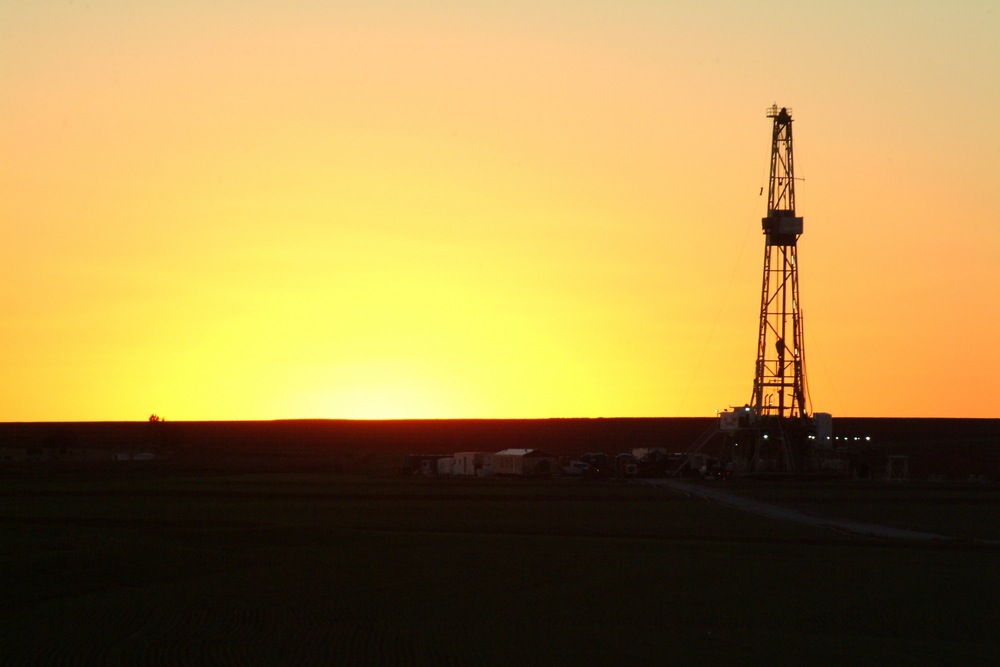
Shutterstock / Anthony Butler
A 2011 earthquake in Oklahoma, the most powerful ever recorded in the state, can probably be blamed on the oil industry, according to new research by university and federal scientists.
The 5.7-magnitude quake and a string of smaller quakes that rocked central Oklahoma in November 2011 appear to have been induced by oil-drilling wastewater being pumped into the ground at high pressure. That’s the conclusion of a study published Tuesday in the journal Geology.
Turns out that pumping tainted water into the ground at high pressure creates problems. Go figure.
(This practice of wastewater injection is different from fracking. In both cases, water is injected into the ground, but wastewater injection is conducted at higher pressures than fracking injection. That said, frackers also do high-pressure wastewater injection after they’re done pulling natural gas or oil out of the ground.)
The location of the tremors right at the spot where wastewater was stored, combined with an increased well pressure, makes a strong case that the injections resulted in the larger quake, [researchers] said.
This area of Oklahoma had been the site of oil drilling going back to the 1950s, and wastewater has been pumped into disposal wells there since 1993, the study authors said. Water and other fluids used for drilling are often pumped more than a mile below ground.
The report said there was a noticeable jump in the well pressure in 2006. USGS geophysicist Elizabeth Cochrane described the pressure increase from injections as similar to blowing more air in a balloon, weakening the skin of the balloon
As freaky as it sounds that the oil industry could be causing the Earth to violently rock, scientists are beginning to understand that many earthquakes in the U.S. might be triggered this way. From the Earth Institute at Columbia University:
Scientists have linked a rising number of quakes in normally calm parts of Arkansas, Texas, Ohio and Colorado to below-ground injection. In the last four years, the number of quakes in the middle of the United States jumped 11-fold from the three decades prior, the authors of the Geology study estimate. Last year, a group at the U.S. Geological Survey also attributed a remarkable rise in small- to mid-size quakes in the region to humans. The risk is serious enough that the National Academy of Sciences, in a report last year, called for further research to “understand, limit and respond” to induced seismic events. Despite these studies, wastewater injection continues near the Oklahoma earthquakes.
For what it’s worth, the AP reports that Oklahoma’s state seismologists disagree with the findings of the study.



